- Overview
- Trip Outline
- Trip Includes
- Trip Excludes
- Gallery
- Reviews
- Booking
- FAQ
No details found.
No details found.
Itineraries
Day 1
Arrival at Bombay airport
1. Pick up from Bombay Airport and drop at Aurangabad Airport.
2. Pick up from Aurangabad Airport to Hotel.
3. Over stay in Hotel
Day 2
Ajanta Cave
Ajanta cave
The Ajanta Caves are mentioned in the memoirs of several medieval-era Chinese Buddhist travellers to India and by a Mughal-era official of Akbar era in the early 17th century.[13] They were covered by jungle until accidentally "discovered" and brought to Western attention in 1819 by a colonial British officer Captain John Smith on a tiger-hunting party. The caves are in the rocky northern wall of the U-shaped gorge of the river Waghur,[15] in the Deccan plateau. Within the gorge are a number of waterfalls, audible from outside the caves when the river is high.
After that come down to hotel for lunch.
after that back to Aurangabad hotel for Dinner and Overnight Stay
Day 3
Ellora Cave
Ellora, also called Verul or Elura, is the short form of the ancient name Elapura.[12] The older form of the name has been found in ancient references such as the Baroda inscription of 812 CE which mentions "the greatness of this edifice" and that "this great edifice was built on a hill by Krishnaraja at Elapura, the edifice in the inscription being the Kailasa temple (Cave 16).[3] In the Indian tradition, each cave is named and has a suffix Guha (Sanskrit), Lena or Leni (Marathi), meaning cave.
The construction at Ellora has been studied since British colonial rule. Officers of the British Colonial Army stumbled on the cave complex of Ajanta during a tiger hunt in 1819. At that time, the caves, which had once served Buddhist monks as a monastery and temple, had been abandoned for a millennium.[15][16] However, the overlapping styles between the Buddhist, Hindu and Jaina caves has made it difficult to establish agreement concerning the chronology of their construction.[17] The disputes generally concern: one, whether the Buddhist or Hindu caves were carved first and, two, the relative dating of caves within a particular tradition. The broad consensus that has emerged is based on comparing the carving styles at Ellora to other cave temples in the Deccan region that have been dated, textual records of various dynasties, and epigraphical evidence found at various archaeological sites near Ellora and elsewhere in Maharashtra, Madhya Pradesh and Karnataka.
No details found.
No details found.
No Details Found

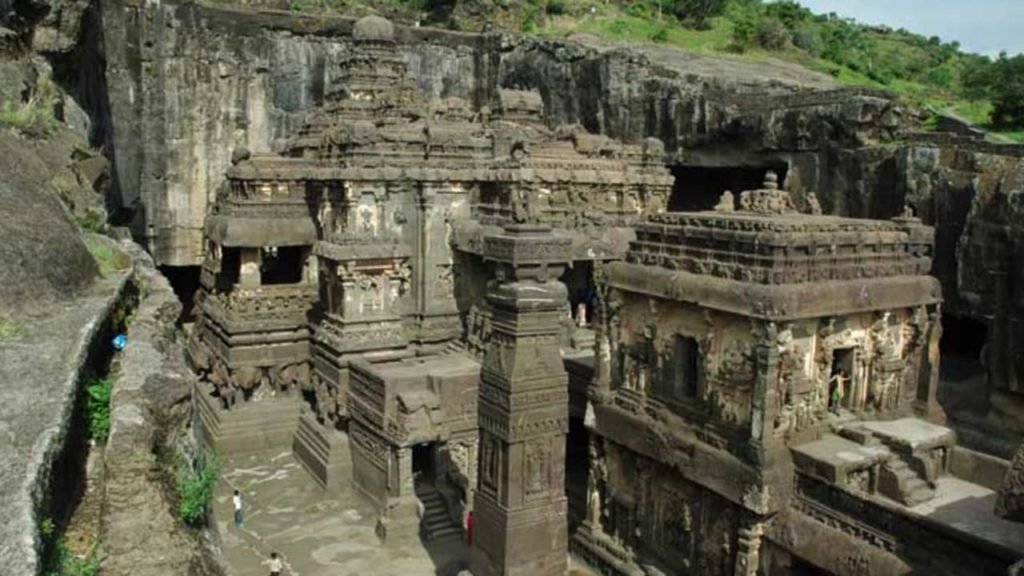
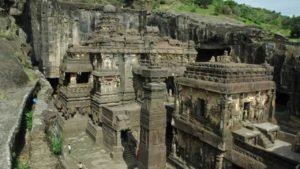
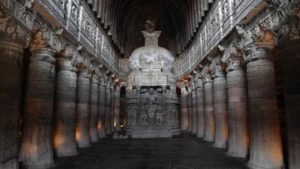
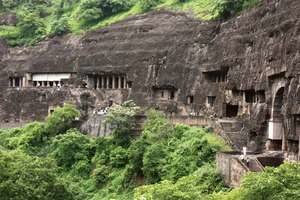

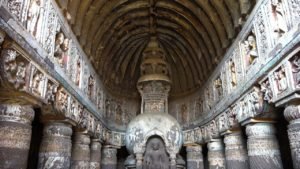




There are no reviews yet.